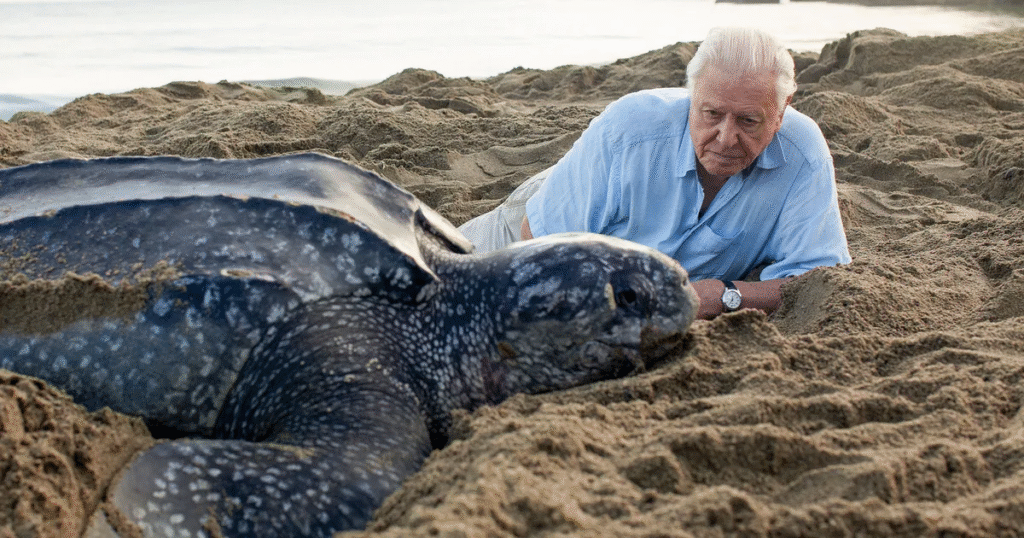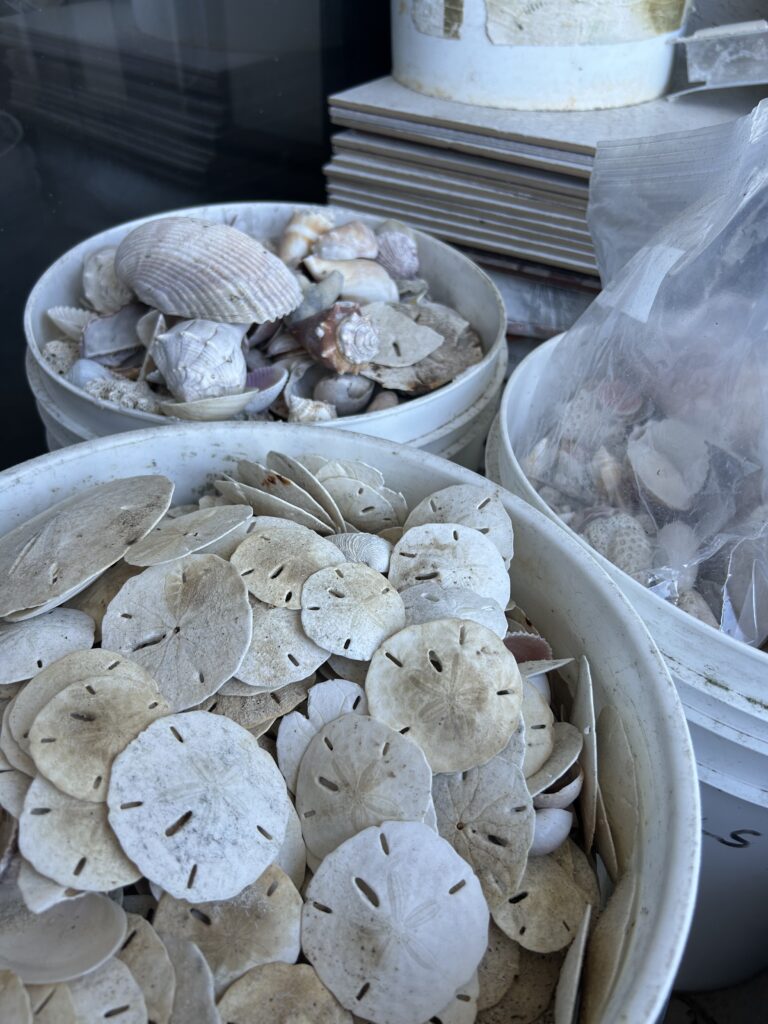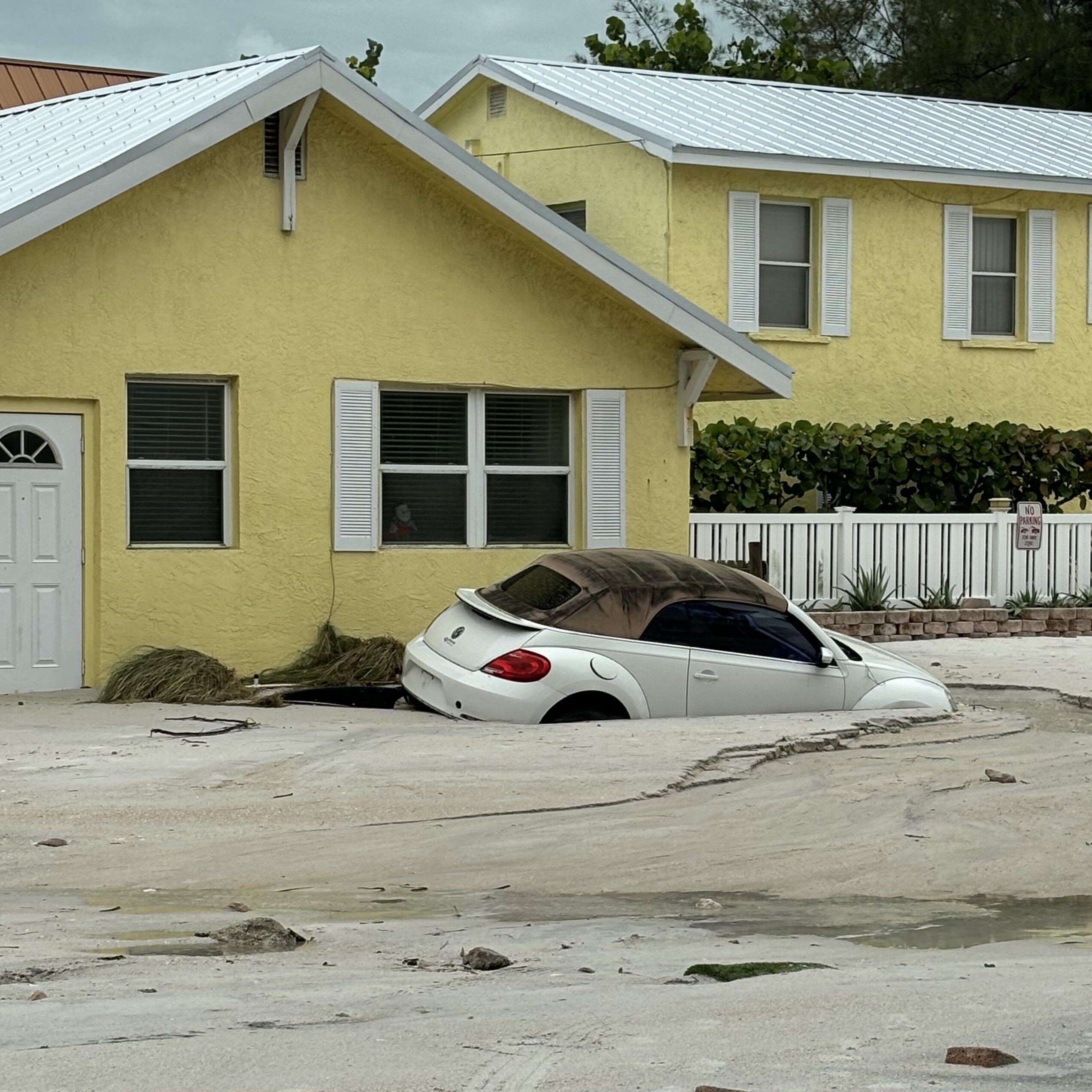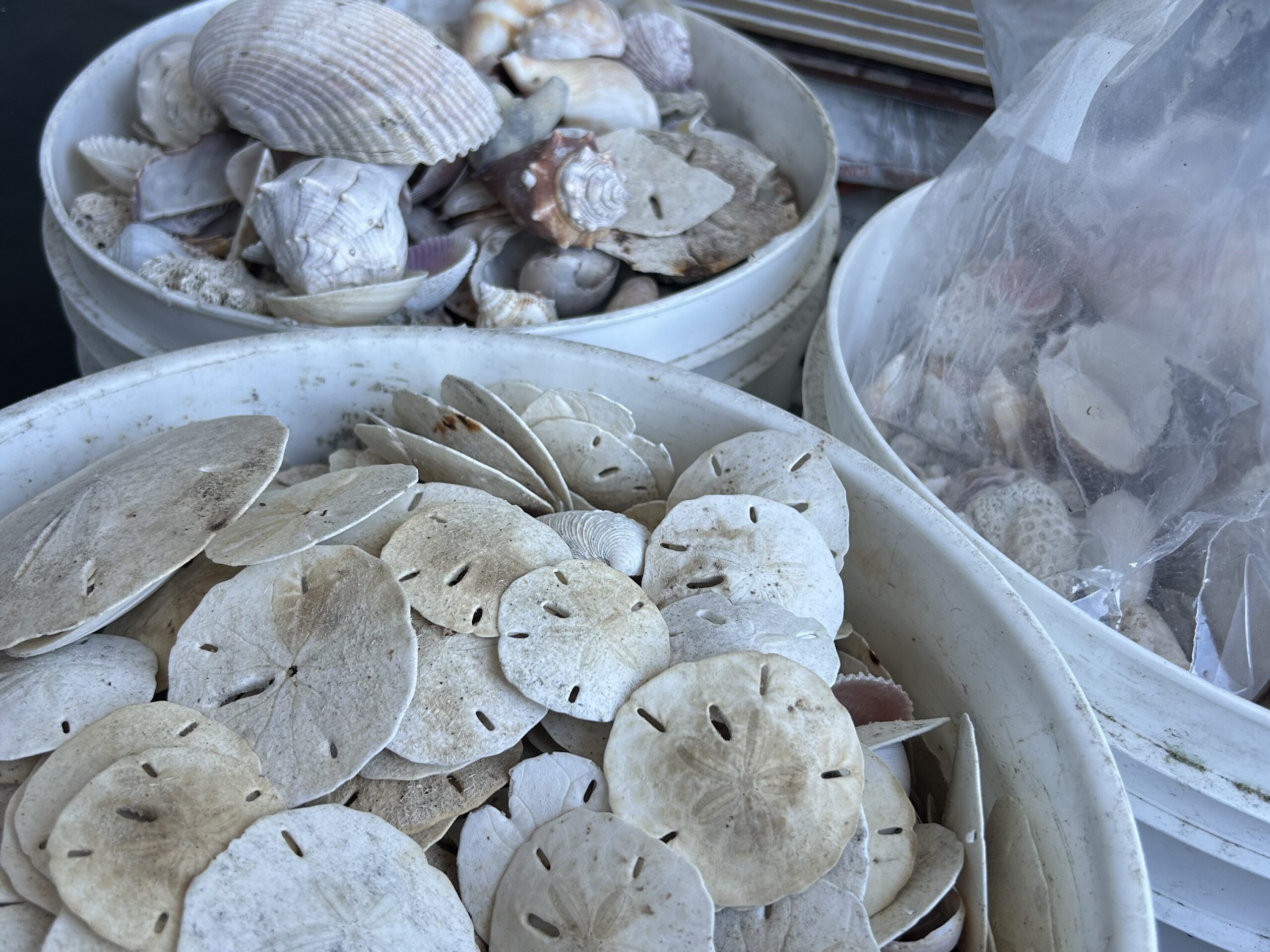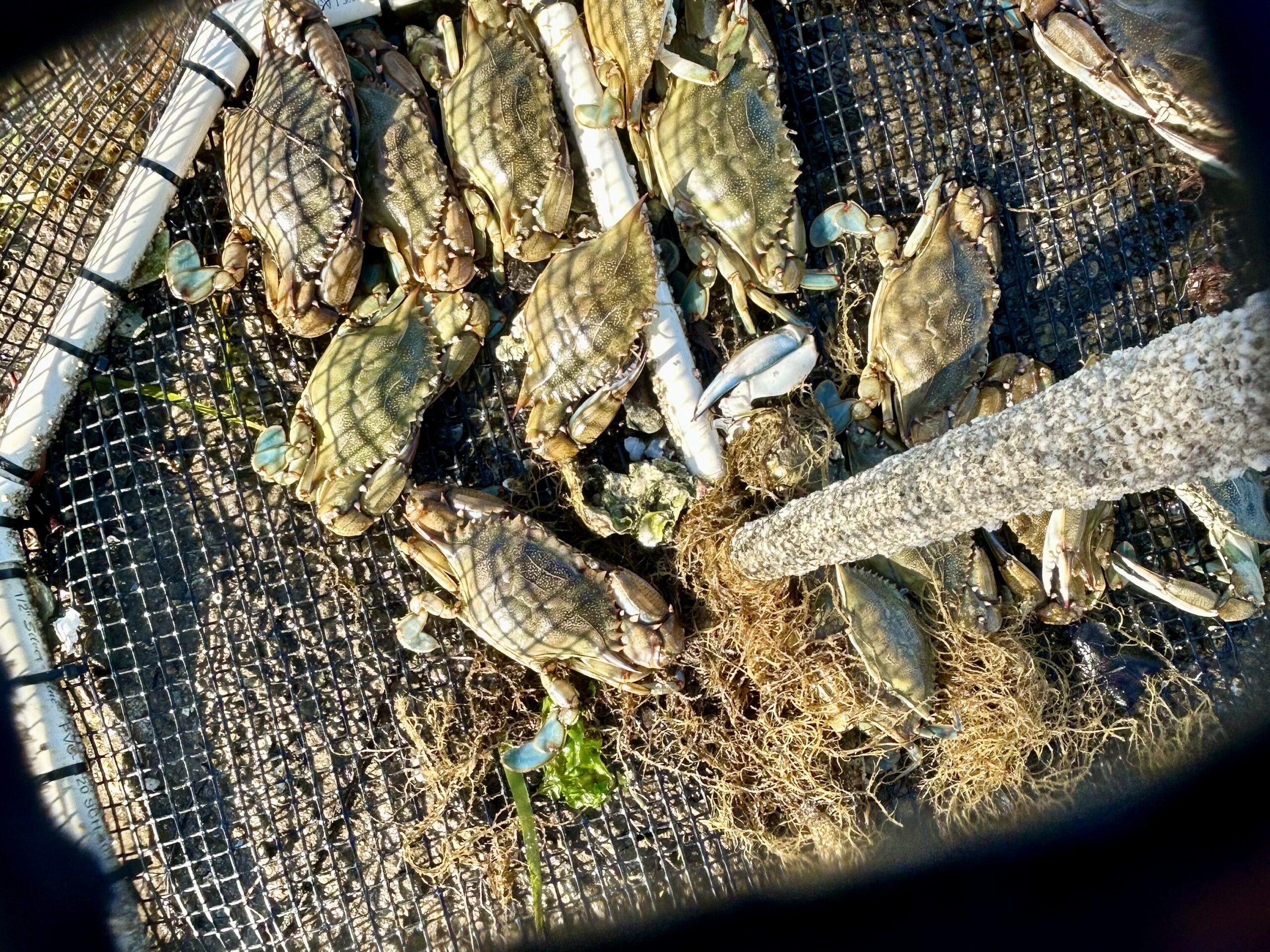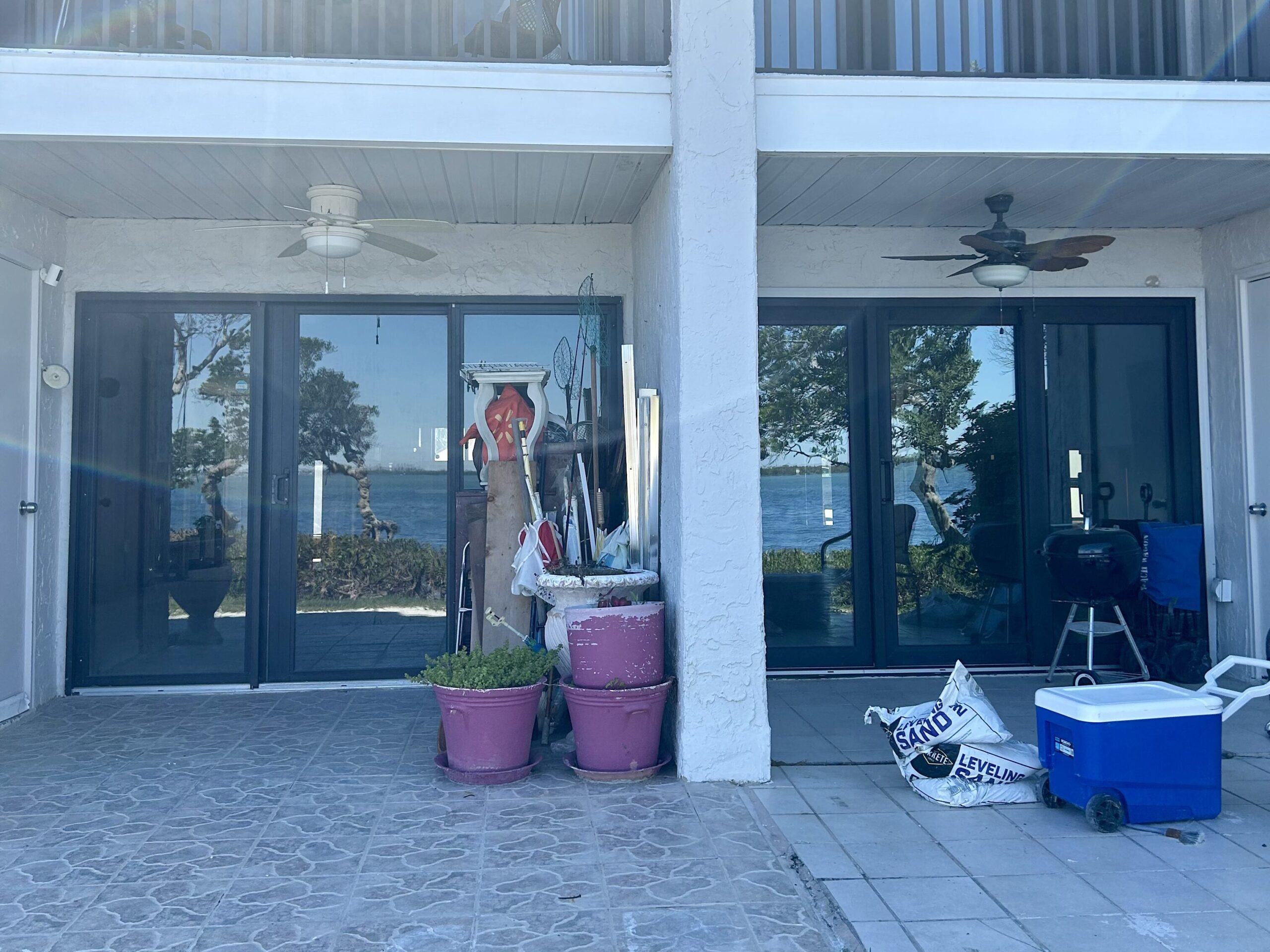(A message to Eckerd College students)
“After living nearly a hundred years on this planet, I now understand that the most important place on earth is not on land but the sea”, David Attenborough opens the trailer for his new film, “Oceans”.
The owner of the calming, gentlemanly British voice of many of our Planet Earth documentaries is celebrating 99 years on this planet on May 9th. In acknowledgement that his time on earth is nearing its end, his message to our world is to bring our oceans back to life. Plastic is choking our seabirds and rising temperatures are boiling our reefs. Polar bears are adapting to hunting from the water, the ice they’re accustomed to melting more every year.
Yet, despite this level of abuse that humans have put the oceans through in the past years, Attenborough emphasizes their strength and offers a message of hope to viewers of his films.
Not only an icon in the natural media world and comforting voice to tree huggers, but a household name that many recognize. Being such a ubiquitous celebrity, who will replace his almost Lorax-like role in our media focused world?
Other big names in the environment communicator role are nearing the end of their life span as well. Jane Goodall, the beloved zoologist, has entered her 90th year on this planet. After 60 years of studying chimpanzees, Goodall is still making waves through global initiatives and public speaking events. The primatologist is well known and adored by Eckerd College students, as many attended her “Hope in Action” event last September.
Flaunting decades of experience and influence, these icons would be hard for anyone to match up to. Who can fill these planet sized shoes? What happens when we can’t rely on these ambassadors to guide us in how to protect our planet? Who will tell the stories of our wildlife?
I worry about this as I sit in bed watching Our Planet II, letting Attenborough’s voice comfort me as he narrates the movements of a seabird. It’s hard not to marvel, watching the little hatchling stumble to the beach and paddle away from the last land it will see for two years. As a travel fiend and ocean lover, Attenborough’s 80 plus films and series have followed me throughout my life as an inspiration. They share a message that not only is the world beautiful, but draws back the curtain to appreciate parts of it that we wouldn’t see otherwise.
It’s hard to go to Eckerd without at least a little love for the environment, when the school’s logo is literally “Think Outside”. Hell, half this school is on the marine science or environmental studies track. So I would hope this doesn’t come as a surprise when I say that this change in our voices for the planet couldn’t come at a worse time.
We are witnessing the rapid defunding of government environmental institutions that have been in place for decades and are essential to success in combating climate change. The National Oceanic and Atmospheric Association (NOAA) is facing a 25% reduction in funding and the National Park Service by 20%. As Eckerd students, I know this news hits a little harder. Our dreams of working as park rangers, researchers and conservationists are in danger.
This era of climate communicators is coming to a close, right as our National Parks budgets are slashed and clean energy is being attacked in favor of nonrenewable, more expensive sources. We are entering a new era where we need our activists and communicators more than ever, as the voice of our world.
Names like Sofía Hernández, Vanessa Nakate, Autumn Peltier and Greta Thunberg are beginning to rise in the public eye. And even, just possibly, this next generation will offer a more diverse, interdisciplinary perspective than ever before. Maybe through the expected loss, we could find greater resolve and inspiration.
I encourage you, Eckerd students, to have grit and resilience as the next few years unfold and we move out into the real world. Support the smaller voices that follow in the steps of Attenborough and Goodall. Vote, protest, and donate.
“The final chapter is ours to write. We know what we need to do. What happens next is up to us”, David Attenborough.
